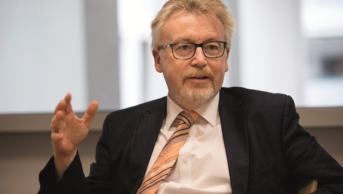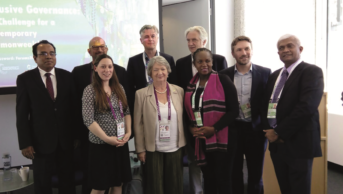A fast-track approach is needed over the next five years for the AIDS epidemic to cease to be a global health threat by 2030, according to a report by UNAIDS[1]
released in Los Angeles on 18 November 2014. If efforts are not expedited the epidemic is likely to spring back, it warns.
“We have bent the trajectory of the epidemic,” says UNAIDS executive director Michel Sidibé. “Now we have five years to break it for good or risk the epidemic rebounding out of control.”
The new set of targets to be reached by 2020 are for 90% of people living with HIV to know their HIV status; 90% of people who know their HIV-positive status to receive treatment; and 90% of people on treatment to have a suppressed viral load so they are no longer infectious.
Nearly 28 million new HIV infections and 21 million AIDS-related deaths could be prevented by 2030 if the 90-90-90 targets are achieved by 2020, says the report.
UNAIDS experts estimate that US$18.4bn would be needed globally in 2020 for treatment to reach these targets, a marked increase from current levels.
In 2013, 2.1 million people became newly infected with HIV and 1.5 million died from AIDS-related causes worldwide. As of June 2014, 13.6 million people living with HIV had access to antiretroviral therapy — up from 12.9 million in 2013 — or 37% of the 35 million people living with HIV in 2013.


